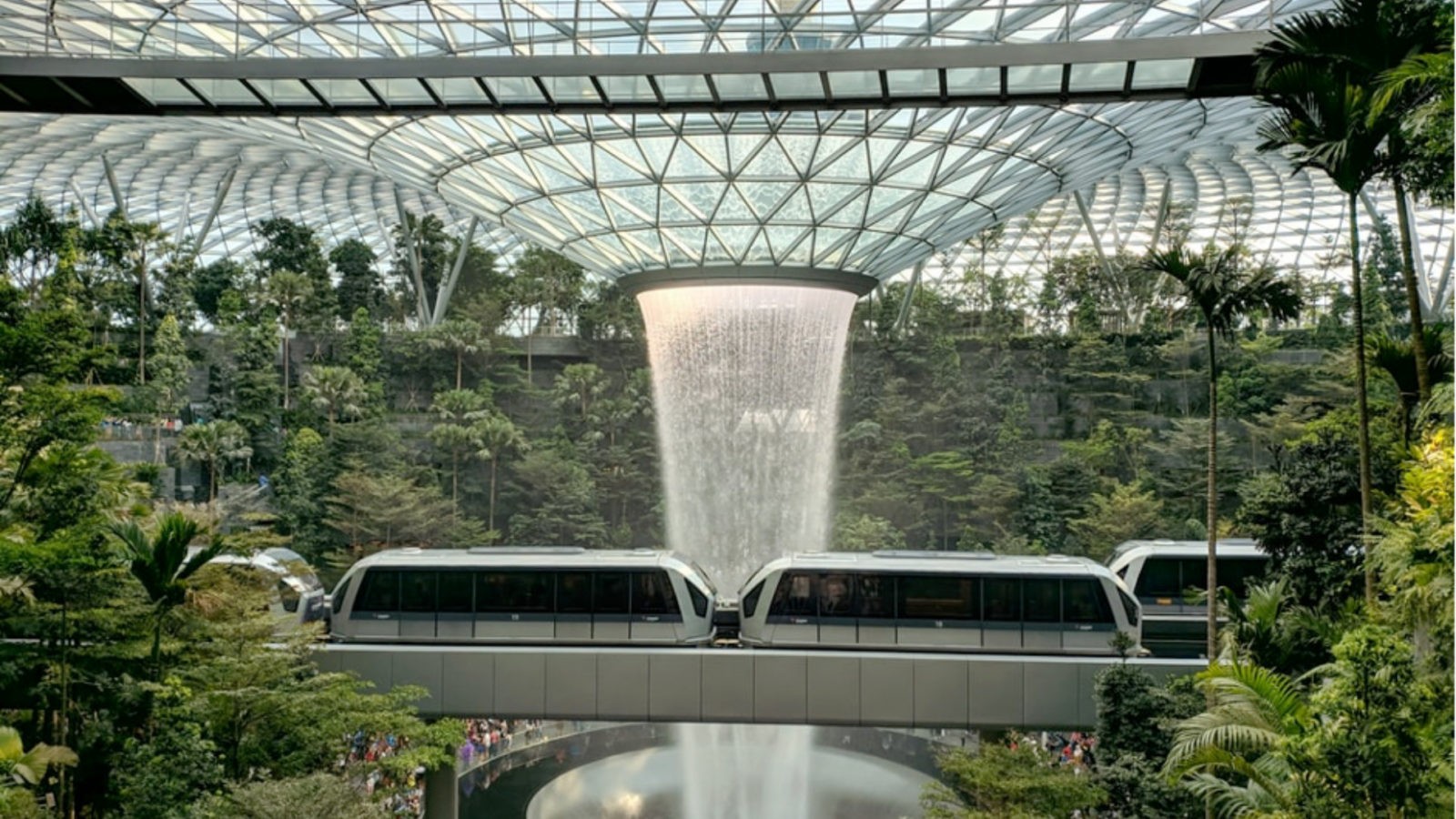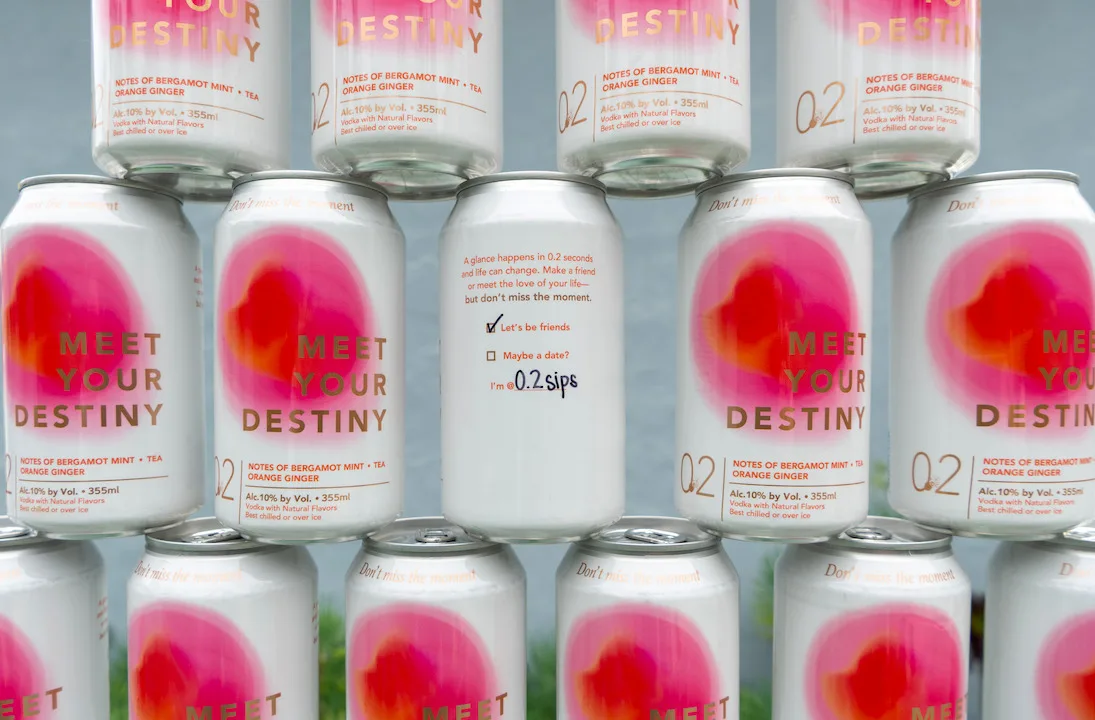
SEXY 2020
December 30, 2020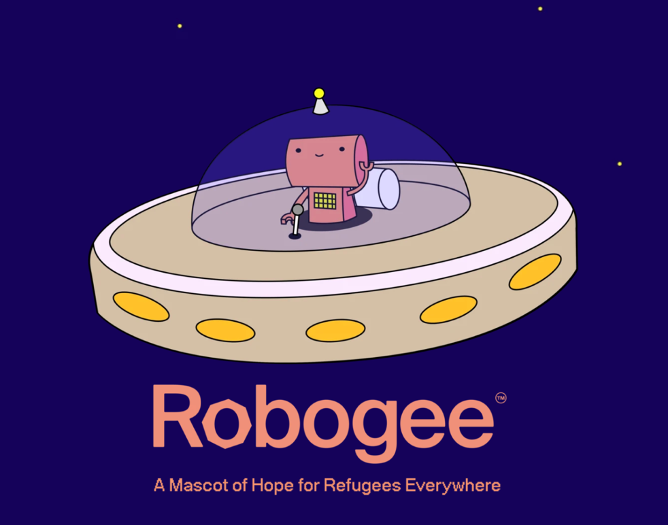
ROBOGEE: HOPE FOR REFUGEES
January 14, 2021Imagine, you are walking in the most normal city of the future surrounded by technology, beautiful buildings and green areas everywhere. You are enjoying the view and unconscious, you make use of all the technological facilities the city provides you. You walk into a building which is your usual shopping mall, your office but also your entrance to the dentist. All these aspects in one building are convenient. It is efficient and flexible, things you value. Architecture happens to be one of the most important things to appreciate in this particular city.
We like to see beautiful creations and to adore the most incredible designed hotspots but architecture has developed over the last couple of years.
Architecture is designing a building, a neighbourhood, an entire city or even a country. Also, houses, landscapes and furniture belong to architecture. Often architecture is done by using a personal imagination of art, science and creativity (Architectuur, 2021). Originally, architecture was about the building itself and its own charms. It had to stand out and had to deliver something special and refreshing to the neighbourhood. Today, architecture is much more than the building itself. Besides the building, it has to fit in the space and area where it is located. In addition, the materials and shapes are becoming much more important due to sustainable mindsets people tend to have. Today, structures need to have a bigger reason for existence like contributing towards a certain goal. Sometimes, it even has to represent the identity of a group of people, the city or country.
I perceive architecture as a cultural valued creature in combination with a bigger aim or goal. It is important that a building is multipurpose in both its usage and building-reason. Take for instance, sustainable materials: we are looking for more nature-friendly materials in order to restore climate change (Gaea Marelle Miranda, 2019). Materials like Adobe, Cord wood and Bamboo are common materials for construction (TheListLady, 2019).
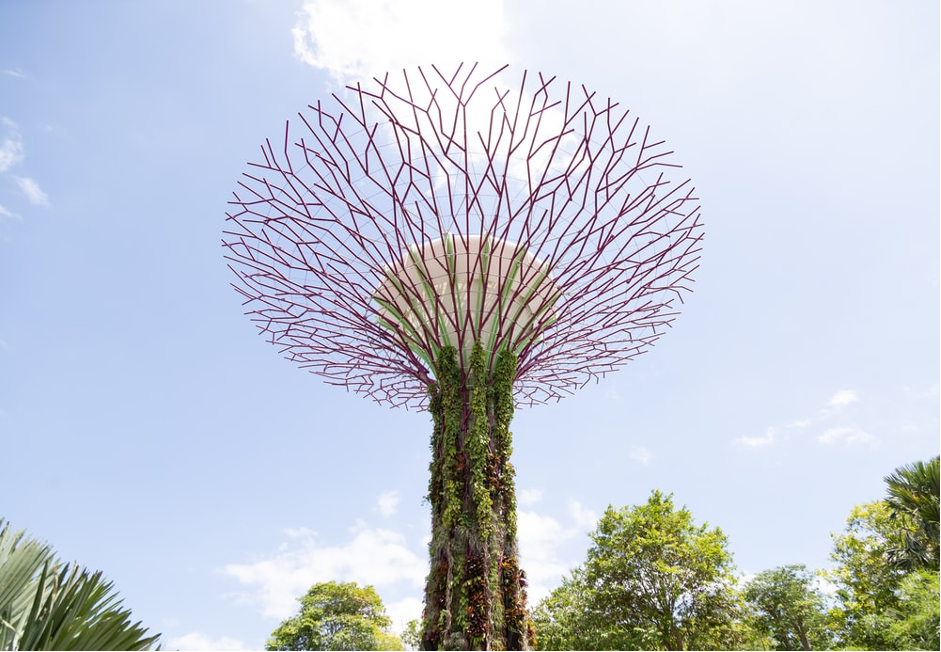
Different values and outlooks in life affect the way we see the world. This is true in architecture. The 21st century itself is characterised by the following values: sustainable producing, focus of importance, green infrastructure and energy efficiency (LTD, 2017). It is interesting that architects aren’t the only individuals who design the building, there are people from other professions who influence the design i.e. environmental scientist, anthropologists and urban planners. Only then, a future design can be made for the longer term (LTD, 2017).
Regarding an article of The Washington Post Magazine: We need architecture that is sustainable yet practical, is flexible yet adaptable and is much more local constructed in terms of materials. Due to the fast-changing world of technology, architects must be aware of the high demand of technology in our homes and cities. Smart, engaging and connecting are the most future aspects we will see popping up from now on (Kennicot, 2020). It seems quite futuristic and unimaginable. But how can we visualise that in real life? In 2018, David Benjamin (associate professor of architecture at Columbia University) and others held an exhibition called “Subculture: Microbial Metrics and the Multi-Species City” which showcased microscopic biodiversity of a city. The philosophy was that every human on earth is a host to a unique group of microbes. With this, they wanted to show that the future of cities must embrace all the living organisms and that we need them in our lives, thus in our cities as well (AIA, 2018). In addition, during my conversation with an Urban Planner in South Africa Rashiq Fataar, he stated that we need to stop constructing new buildings. We need to refresh old buildings or build houses and make them better. The quality of life is becoming more and more important and that needs to be prioritised everywhere.
There are already examples appearing around the globe, which are worth mentioning briefly:
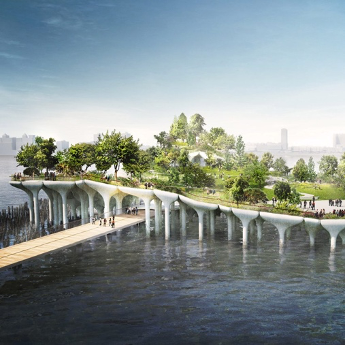
Starting with Little Islands in New York. A mushroom-looking construction which has replaced an old pier. The aim is to make people happy again in a modern society in the 21st century by allowing them to surround themselves with plants, trees and lots of arts. This will be provided in 2021’s spring (LittleIsland, 2021).
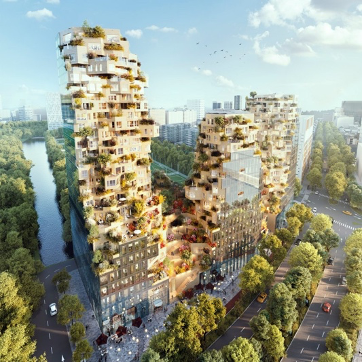
Secondly, Amsterdam is welcoming “The Valley”. An urban area in the Zuidas area which has become a business hub over the years. Therefore, the demand of residential possibilities appeared. Amsterdam aspires a green and liveable area with lots of multifunctionalities such as micro-mobility, sustainable buildings, and must have both residentials and commercial options. Amsterdam says: “The abundance of outdoor spaces and communal green area’s promotes health and well-being whilst at the same time, contributes to the buildings green ambitions” (MVRDV, 2021).
The last one, the world’s largest waste-to-energy plant will finally be completed in 2021. The Shenzhen-based mountainous plant is sustainable designed and fit perfectly in its area. It will begin incinerating up to 5000 tonnes of rubbish a day. The building’s roof will be covered with photovoltaic panels to ensure the building is able to generate its own supply of energy sustainably (Crook, 2021).
The examples show a clear vision of the future regarding architecture. As you already noticed, architecture has evolved, it’s no longer just about the building. It represents the quality of life, adaption and flexibility. Terms we value more and more nowadays. That’s how architecture can contribute towards a better world with a comprehensive vision and mission.

